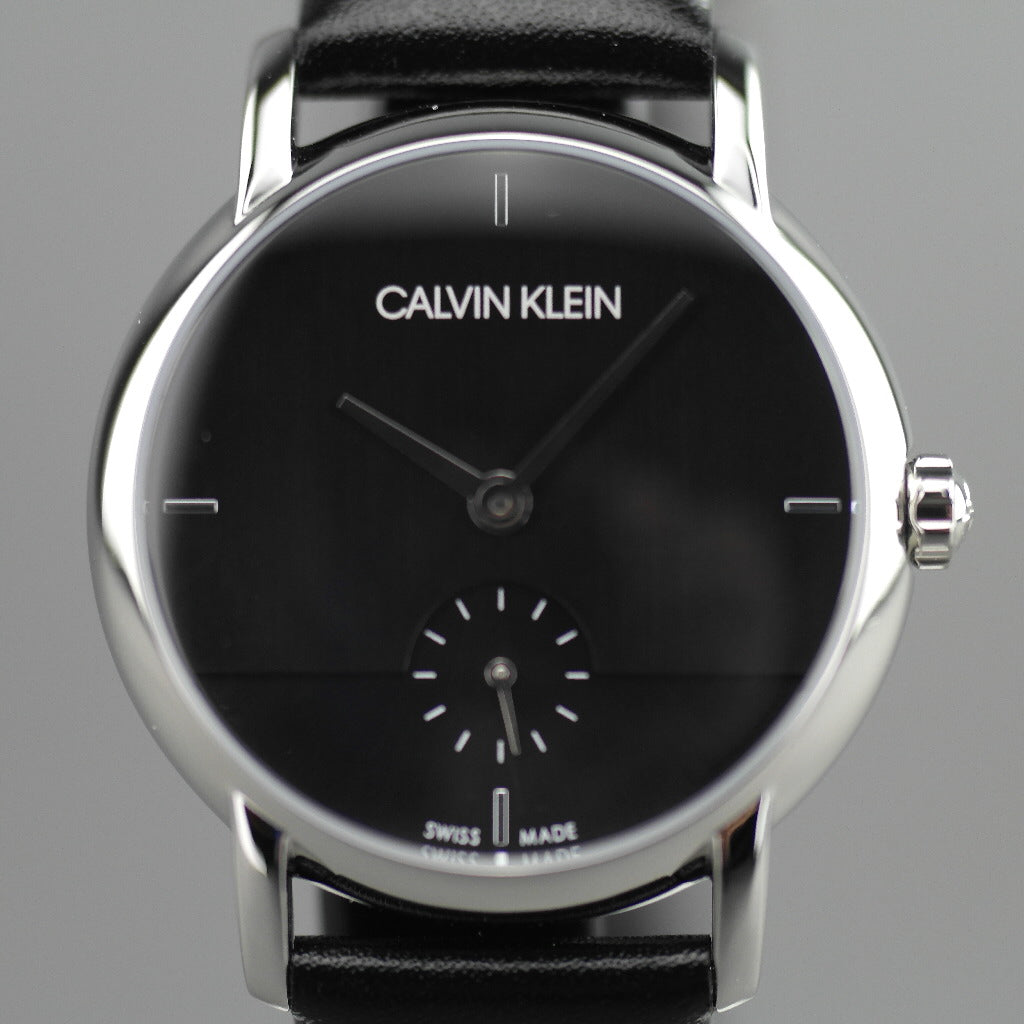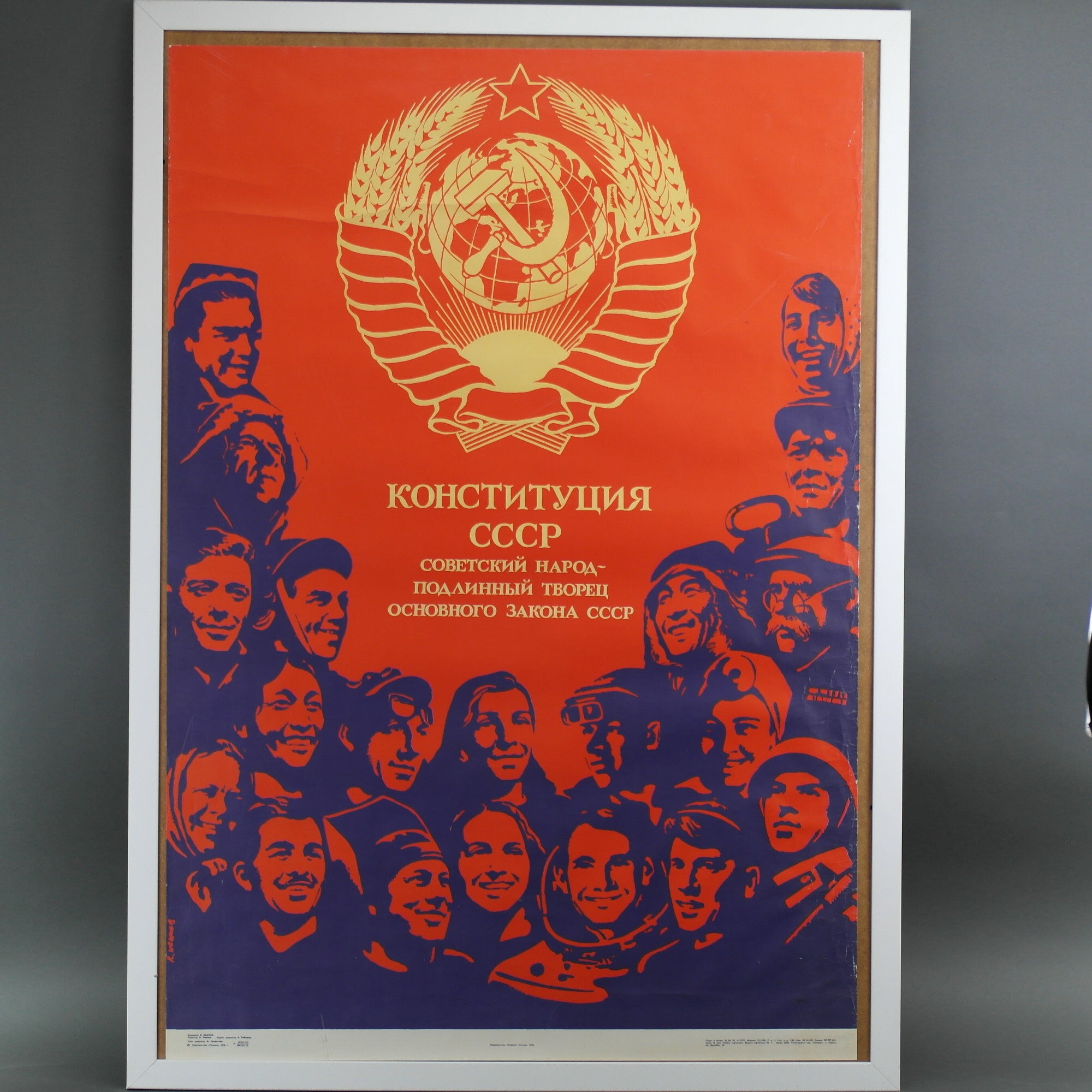Wall Decor / Posters
Interior design is the art and science of enhancing the interior of a building to achieve a healthier and more aesthetically pleasing environment for the people using the space. An interior designer is someone who plans, researches, coordinates, and manages such enhancement projects. Interior design is a multifaceted profession that includes conceptual development, space planning, site inspections, programming, research, communicating with the stakeholders of a project, construction management, and execution of the design.
A poster is a temporary promotion of an idea, product or event put up in a public space for mass consumption. Typically, posters include both textual and graphic elements, although a poster may be either wholly graphical or wholly text. Posters are designed to be both eye-catching and informative. Posters may be used for many purposes. They are a frequent tool of advertisers (particularly of events, musicians, and films), propagandists, protestors, and other groups trying to communicate a message. Posters are also used for reproductions of artwork, particularly famous works, and are generally low-cost compared to the original artwork. The modern poster, as we know it, however, dates back to the 1840s and 1850s when the printing industry perfected colour lithography and made mass production possible.
According to the French historian Max Gallo, "for over two hundred years, posters have been displayed in public places all over the world. Visually striking, they have been designed to attract the attention of passers-by, making us aware of a political viewpoint, enticing us to attend specific events, or encouraging us to purchase a particular product or service." The modern poster, as we know it, however, dates back to the mid-nineteenth century, when several separate, but related, changes took place. First, the printing industry perfected colour lithography and made mass production of large and inexpensive images possible. Second, government censorship of public spaces in countries such as France was lifted. And finally, advertisers began to market mass-produced consumer goods to a growing populace in urban areas.
"In little more than a hundred years", writes poster expert John Barnicoat, "it has come to be recognized as a vital art form, attracting artists at every level, from painters such as Toulouse-Lautrec and Mucha to theatrical and commercial designers." They have ranged in styles from Art Nouveau, Symbolism, Cubism, and Art Deco to the more formal Bauhaus and the often incoherent hippie posters of the 1960s.
Posters, in the form of placards and posted bills, have been used since the earliest times, primarily for advertising and announcements. Purely textual posters have a long history: they advertised the plays of Shakespeare and made citizens aware of government proclamations for centuries. The great revolution in posters, however, was the development of printing techniques that allowed for cheap mass production and printing, notably including the technique of lithography, which was invented in 1796 by the German Alois Senefelder. The invention of lithography was soon followed by chromolithography, which allowed for mass editions of posters illustrated in vibrant colours to be printed.



























